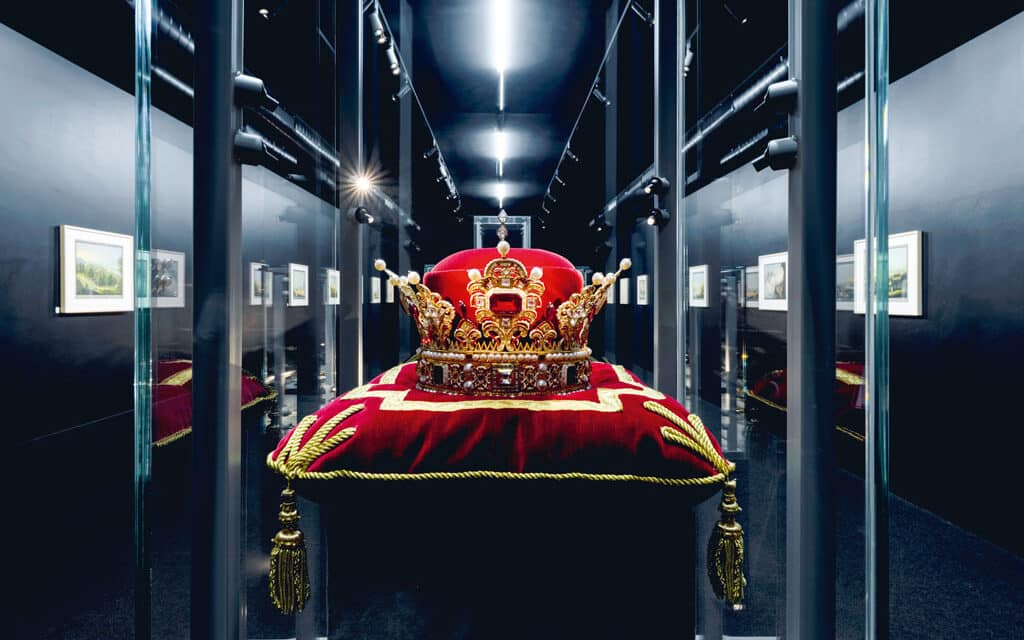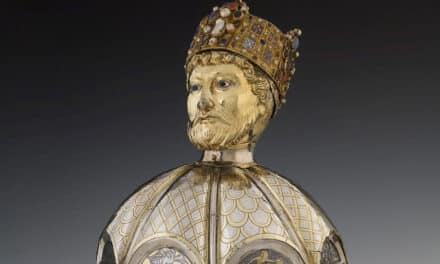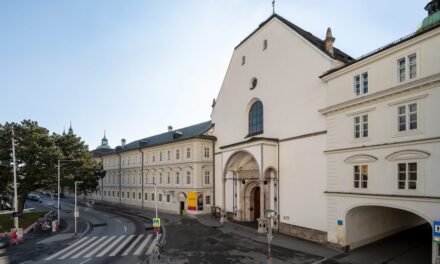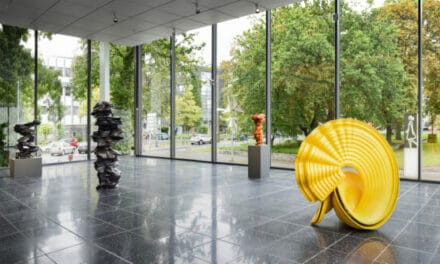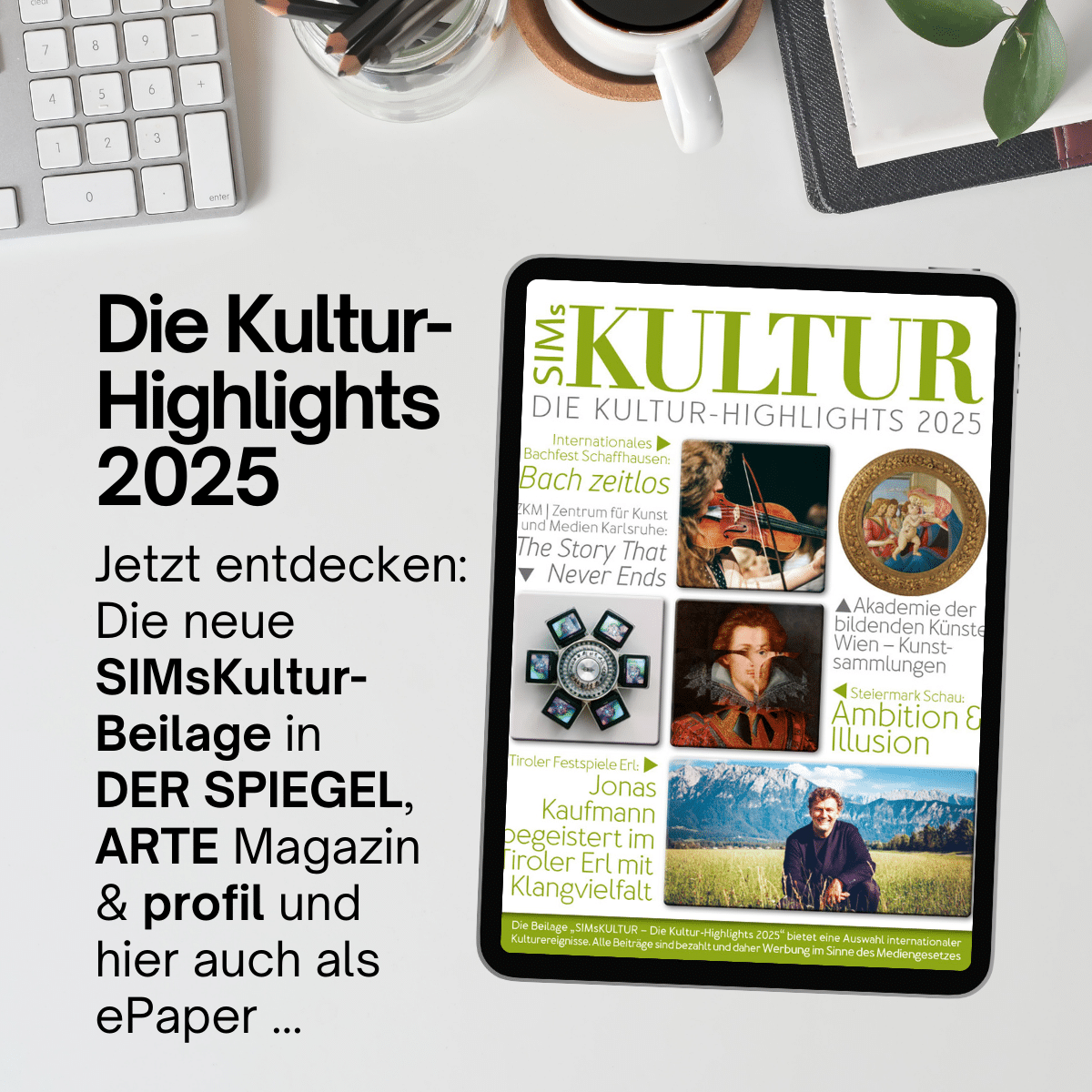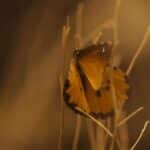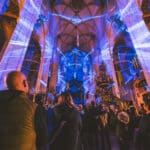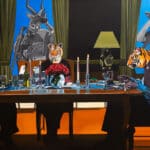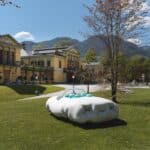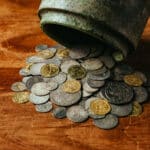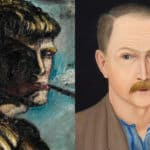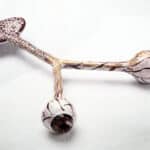Princely weapons, Fabergé and moonstone - treasures from the Princely Collection, exceptional exhibits on Liechtenstein, from all over the world and beyond.
The Liechtensteinische SchatzKammer displays a collection of treasures from five centuries that is unique in the Alpine region. You can experience works of art, handicrafts and special features in overwhelming density and diversity.
With a representative selection of works, "LIECHTENSTEIN. The Princely Collections Vaduz-Vienna" has provided an important part of the Liechtensteinische SchatzKammer. Among other things, a fascinating perpetual calendar for Emperor Rudolf II (around 1600), an armor glove from Emperor Maximilian II (1571) and a replica of the princely hood for the first Prince of Liechtenstein, Karl I (1569-1627), can now be admired. The second focus of the Liechtensteinische SchatzKammer is the collection of the Liechtensteiner Adulf Peter Goop, including numerous works by Fabergé, which were donated to the Liechtensteinisches LandesMuseum in 2010.
Collection of the Prince of Liechtenstein
With a tradition dating back almost 900 years, the House of Liechtenstein is one of the oldest noble families in the world. Their art collection, built up over four centuries and comprising major works of European art, is one of the most important in the world. The Liechtensteinische SchatzKammer displays selected exhibits such as ceremonial weapons, hunting cutlery and gifts that the Liechtensteins received from King Frederick II of Prussia and Emperor Joseph II of Austria.
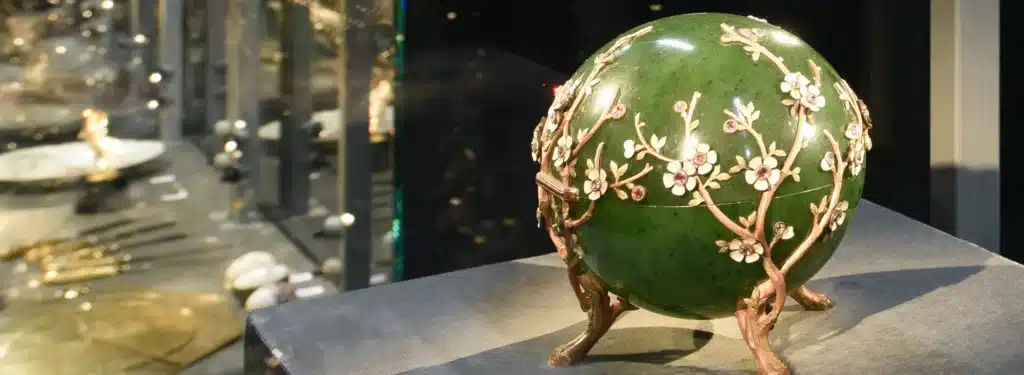
Insight into the Liechtenstein Treasury, the famous "Apple Blossom Egg" by Fabergé © Liechtensteinisches Landesmuseum
Adulf Peter Goop Collection
In addition to an extensive collection of prints and paintings, it consists primarily of a collection of Easter eggs, which is the most extensive in the world. The eggs are made of gold, silver, precious stones, porcelain and glass and are often decorated with detailed enamel ornaments.
The Easter eggs from the Tsarist era stand out once again from this donation by Adulf Peter Goop (1921-2011) to the Principality of Liechtenstein. They were made by the leading goldsmiths of their time, such as Karl Fabergé and Alexander Edvard Tillander. The collection, which is now one of the highlights of the Liechtensteinische SchatzKammer, is considered one of the best outside of Russia. In addition to the famous "Apple Blossom Egg" by Fabergé, other eggs, some of which are set with precious stones, can be admired in the treasure chamber.
The "Rhine Journey" by Johann Ludwig Bleuler (1792-1850) is another highlight of the Goop Collection in the Liechtensteinische SchatzKammer. In 80 gouaches, it portrays the European river that also forms the western border of Liechtenstein on its way from its source in neighboring Graubünden (Switzerland) to its mouth in the North Sea. Of the 77 of the formerly 80 known paintings that Goop was able to acquire after decades of searching, a selection is on permanent display.
Moonstone
Liechtenstein industry occupies a leading position in its specialist fields. For example, Balzers AG (now part of Oerlikon AG) equipped the spacecraft of NASA's Apollo program with a thin coating to protect against cosmic radiation. In recognition of this, Liechtenstein also received several pieces of moon rock from the first (Apollo 11, 1969) and last (Apollo 17, 1972) manned moon missions. Furthermore, a Liechtenstein national flag was sent to the moon on both missions. Both the moon rocks and the flags can be seen in the Liechtenstein Treasury.

